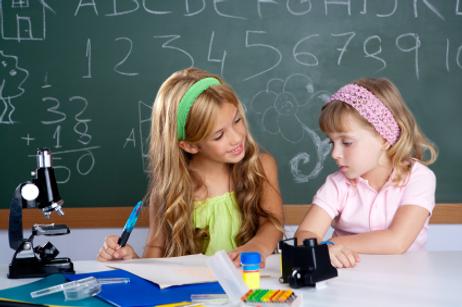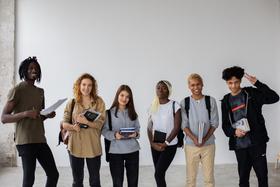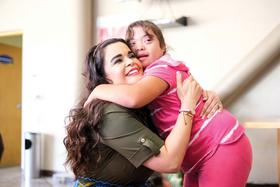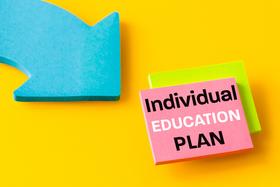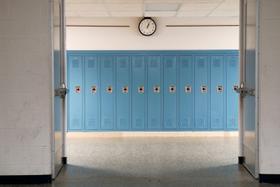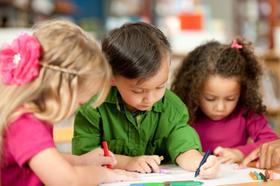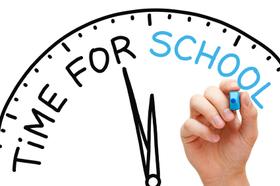Like it or not, the SATs are a critical opportunity for students to prove themselves to college admissions committees across the country.
If you want to be at the top of your game, you need to develop an effective strategy to prepare. We spoke with sInstaEDUome of the top experts in college admissions to find out more about the best ways to prepare for the SATs.
1. Start Reading
If you have a lot of time to prepare, the first step is get reading. Richard Bernstein, Executive Director of Huntington Learning Center (Cherry Hill, NJ and Turnersville, NJ), says this is crucial. 鈥淚f you have a year to prepare, read, read, and read some more.鈥�

2. Create a Balanced Study Regimen
Build a study pattern that will get you ready for the test. Students can effectively study in a group, one-on-one sessions, or by themselves. No matter what you do however, make sure you don鈥檛 overload and always keep a reasonable study/life balance.
Setting goals is only useful if they are realistic. The best way to be productive during crunch time is to 鈥渟chedule play activities first into your calendar, then your work.鈥� Piers Steel, a professor at the University of Calgary, says in a . 鈥淚t makes sure there is a payoff for being productive.鈥�
A student who elects to devote an inordinate amount of time to studying for the



